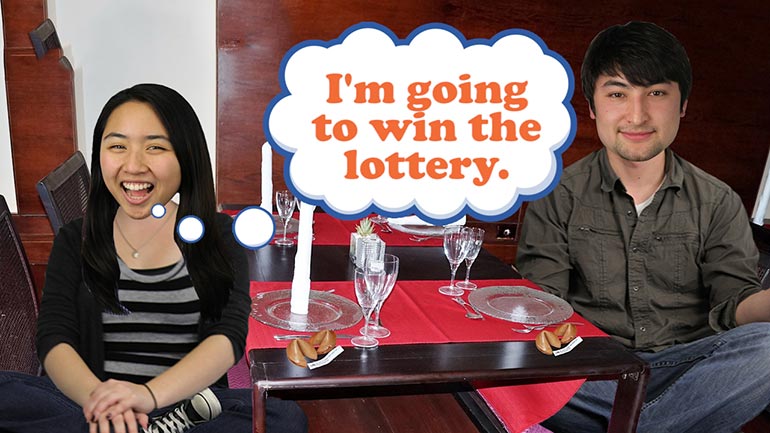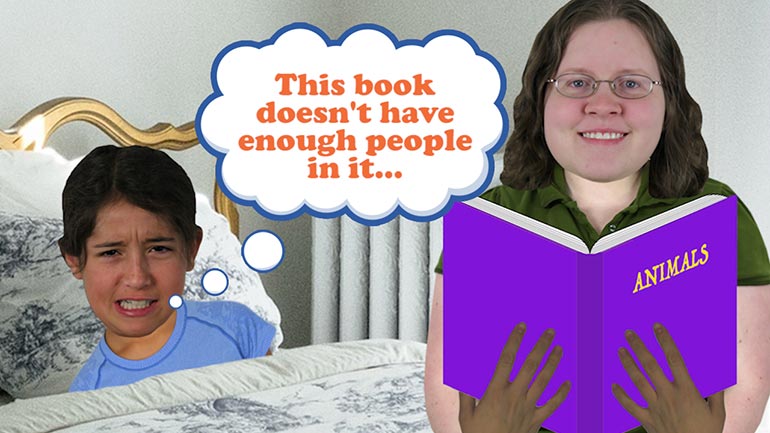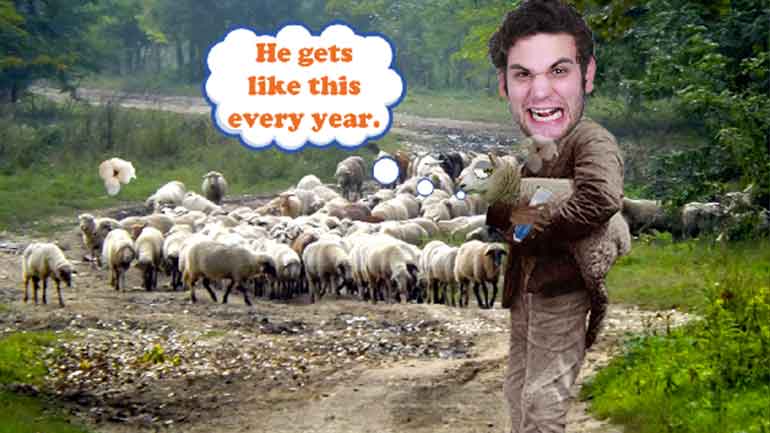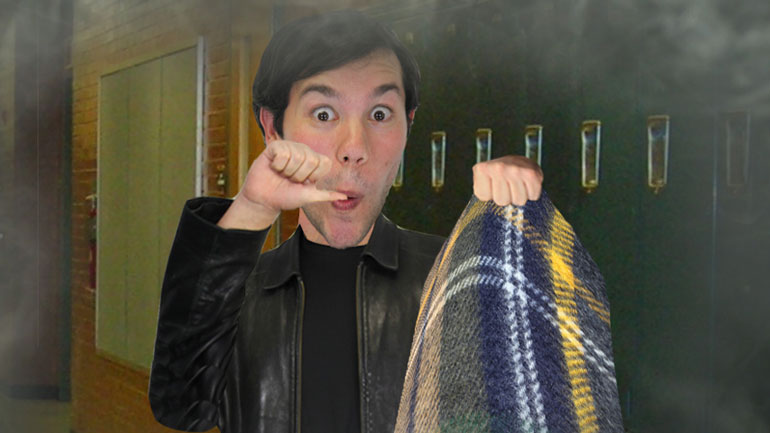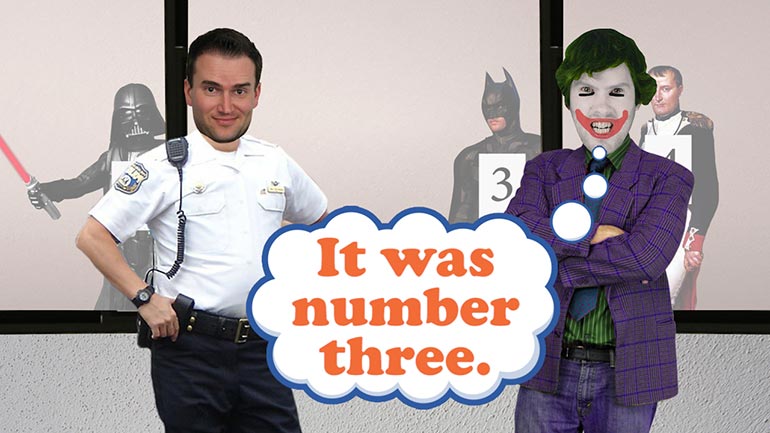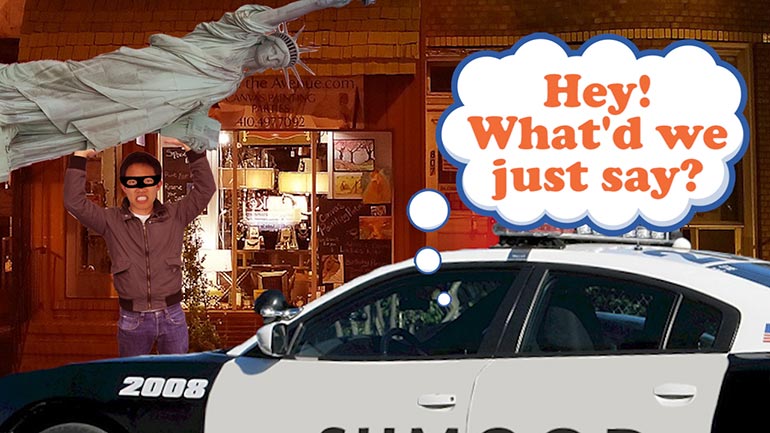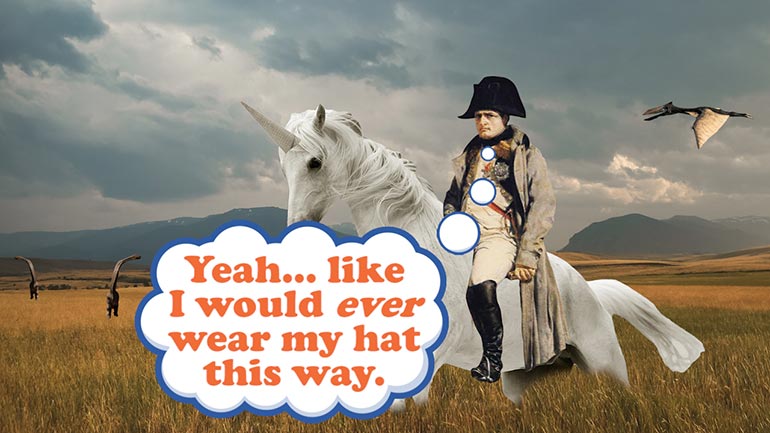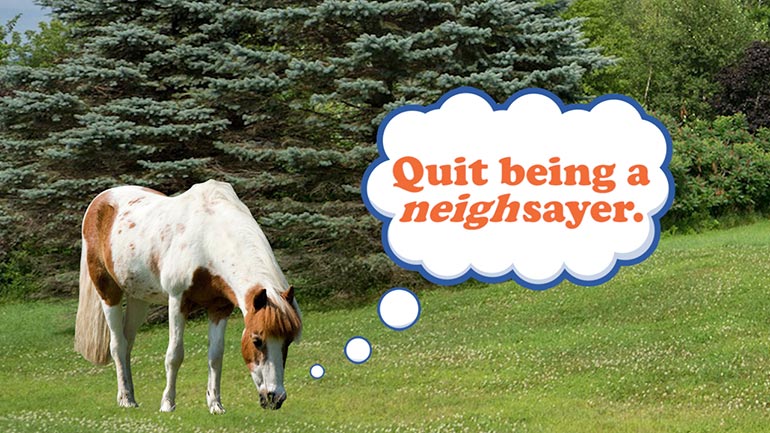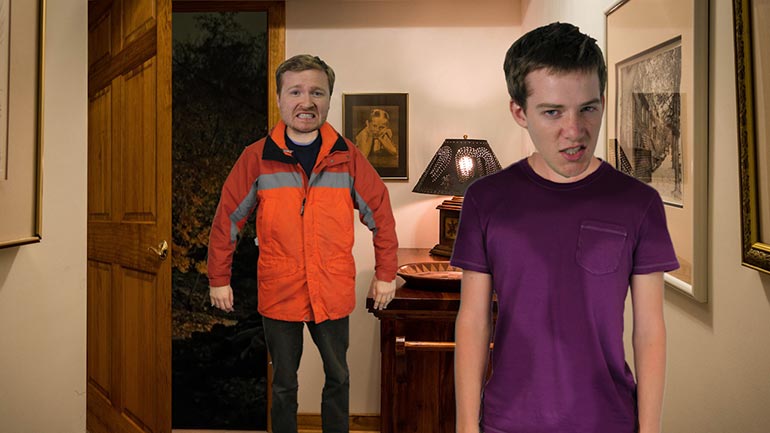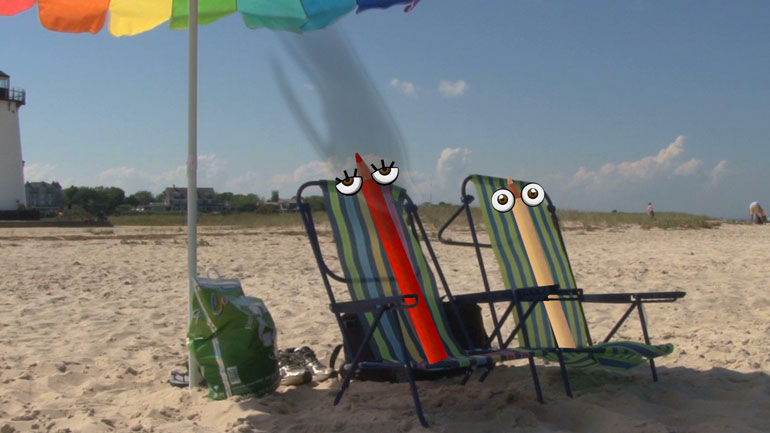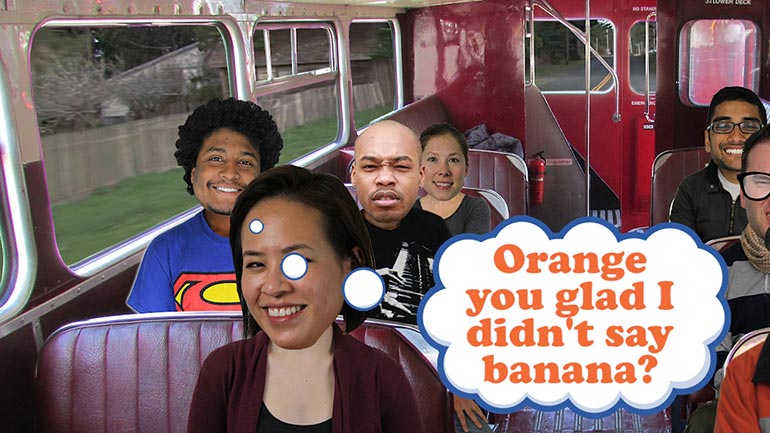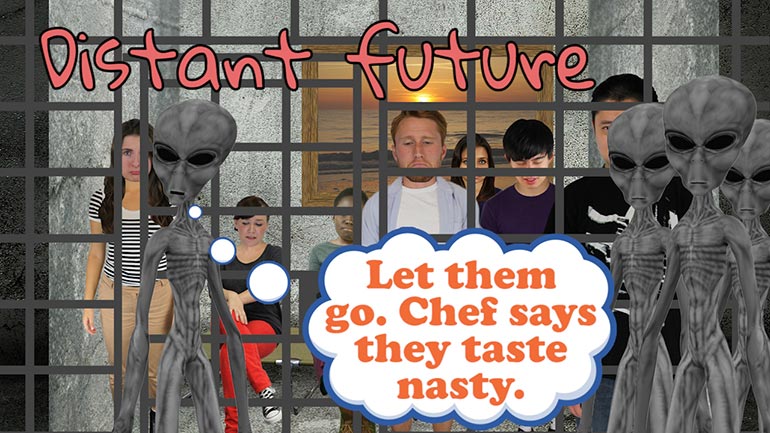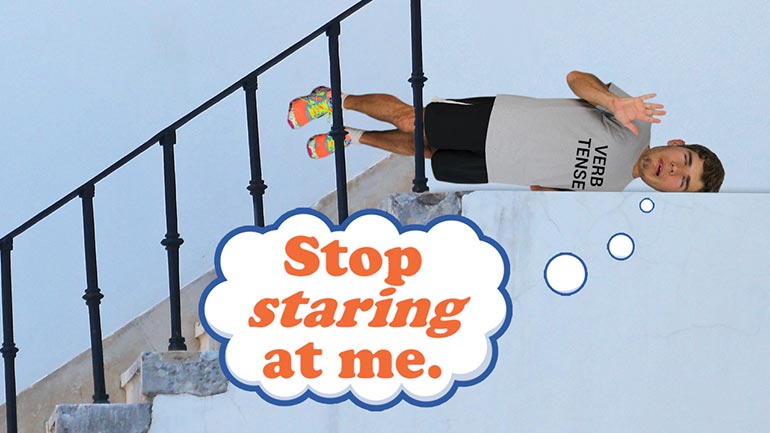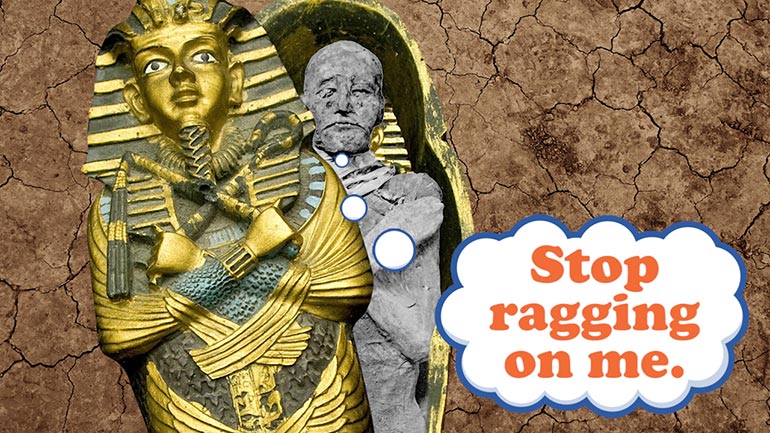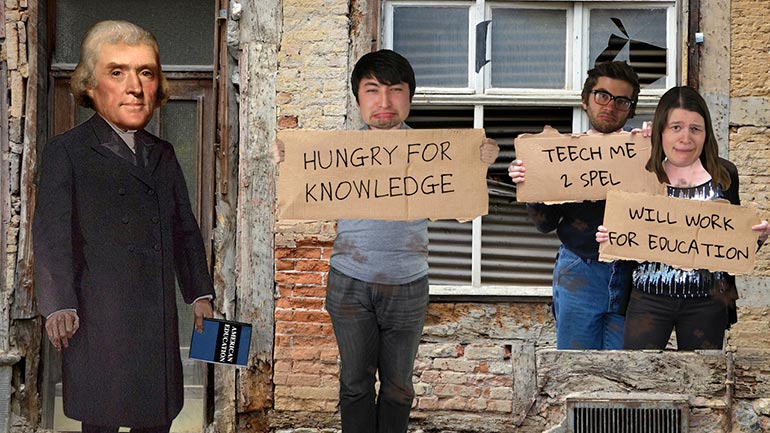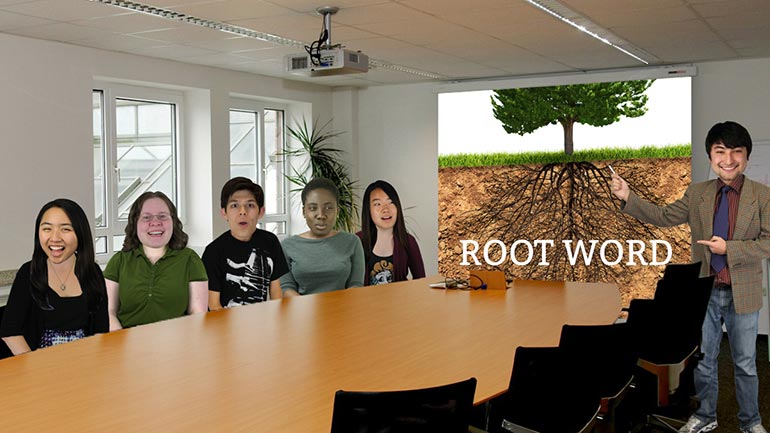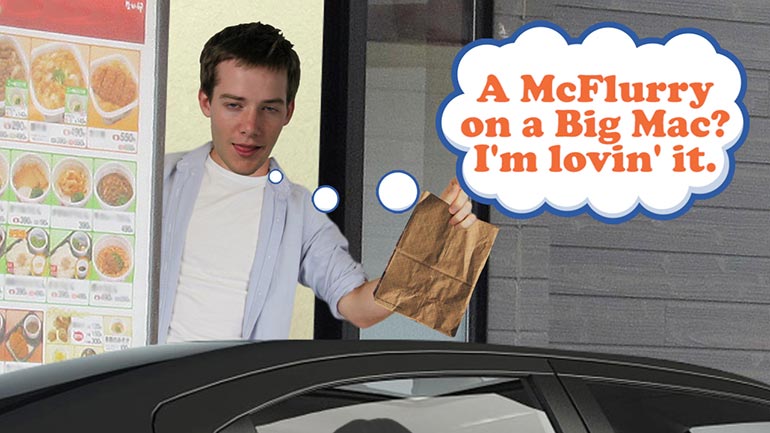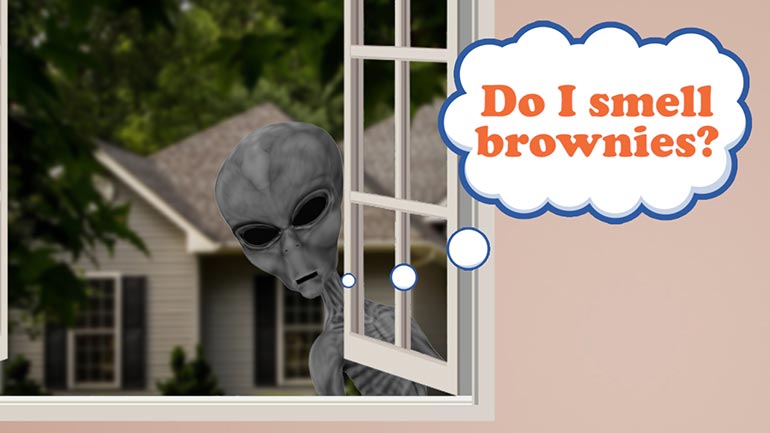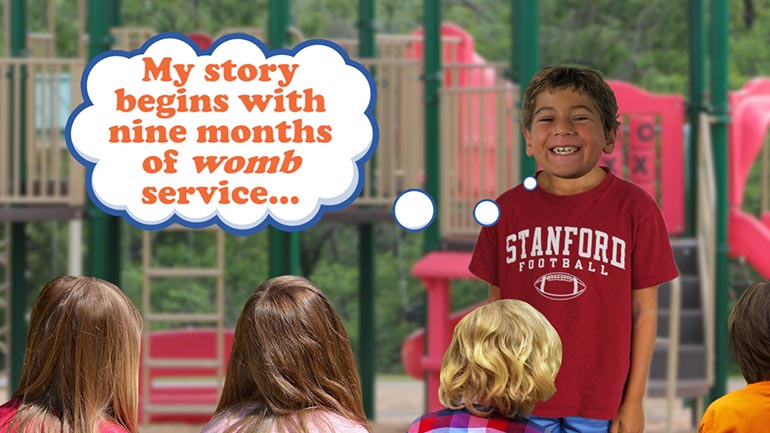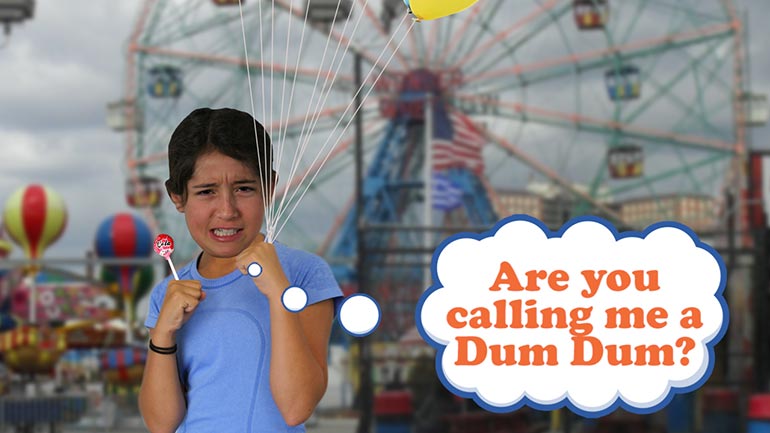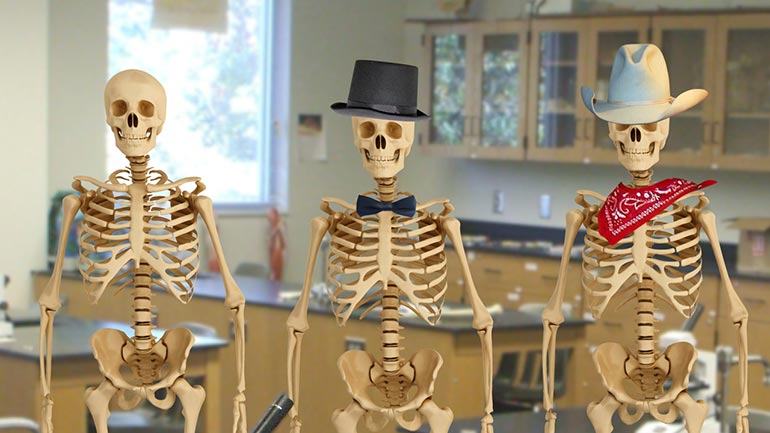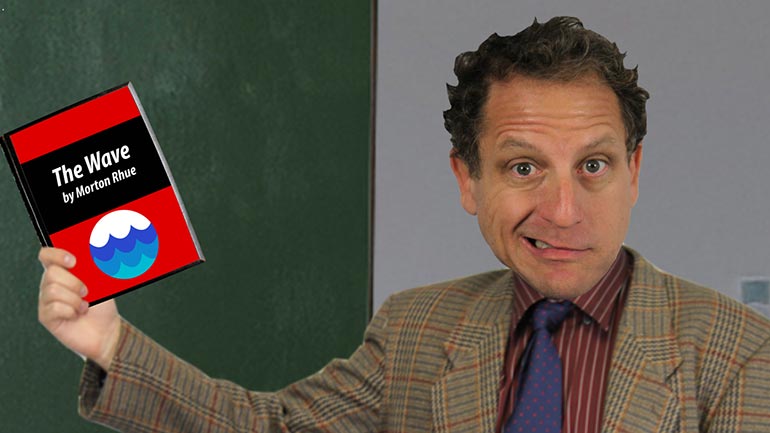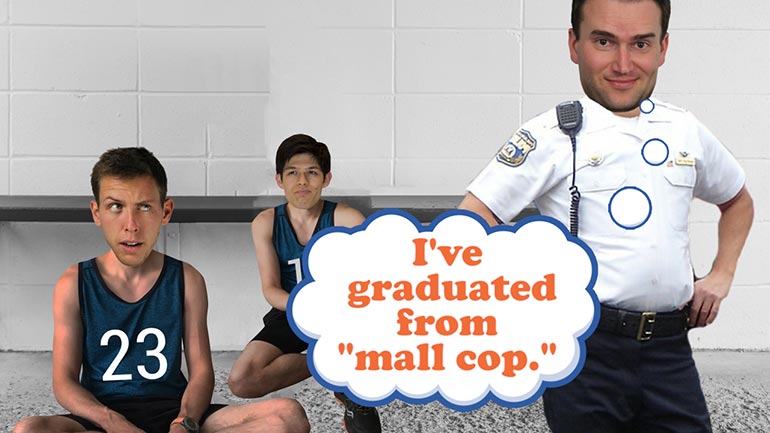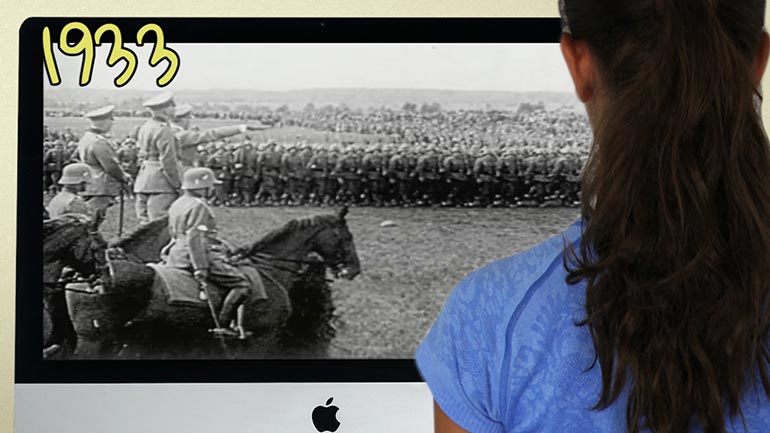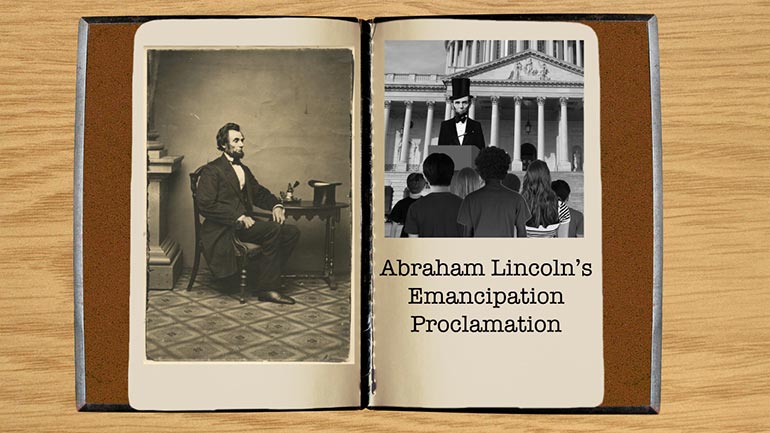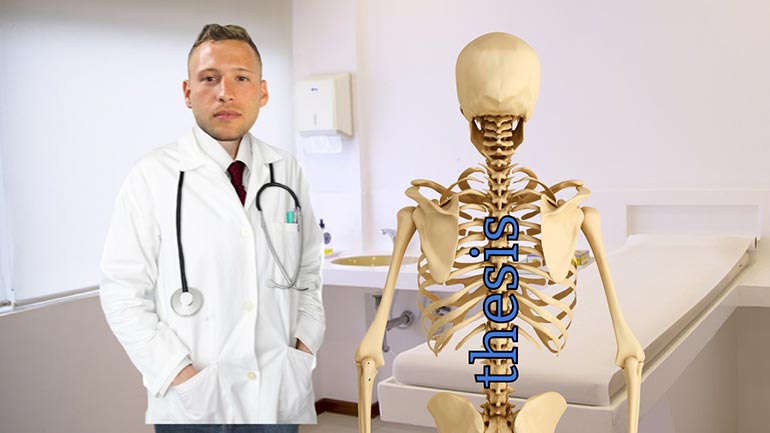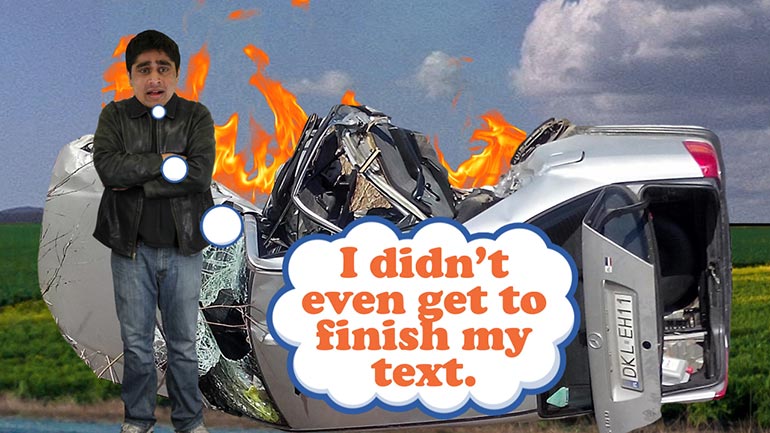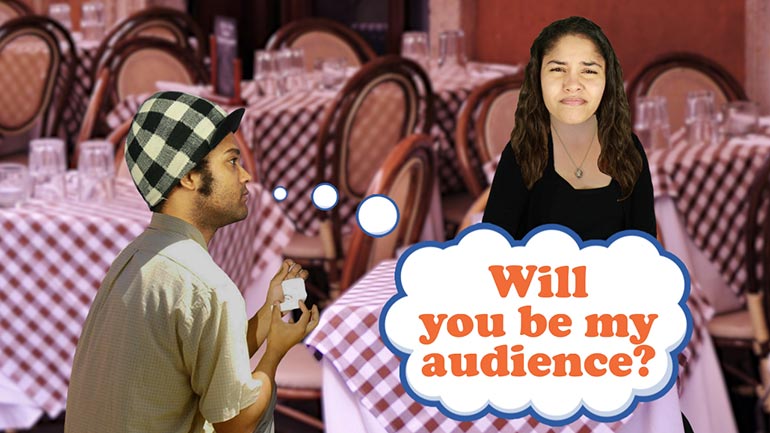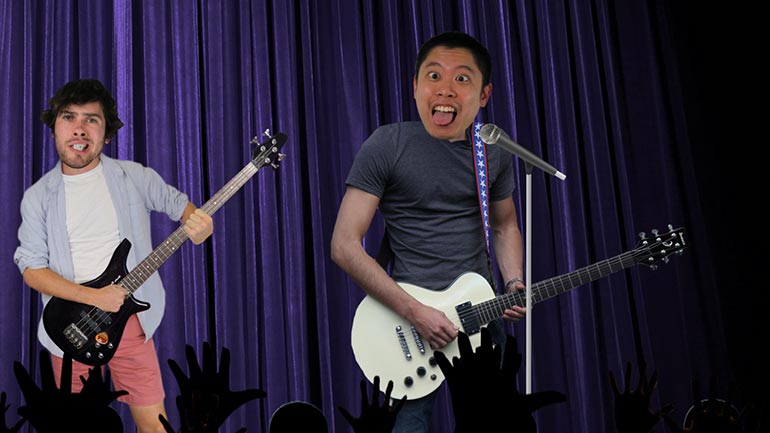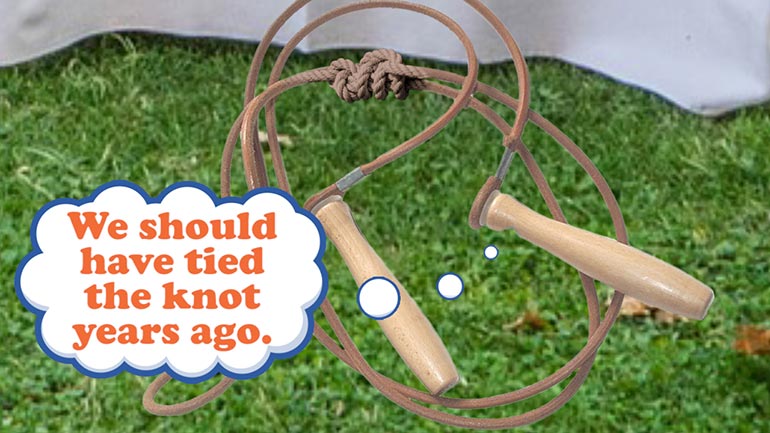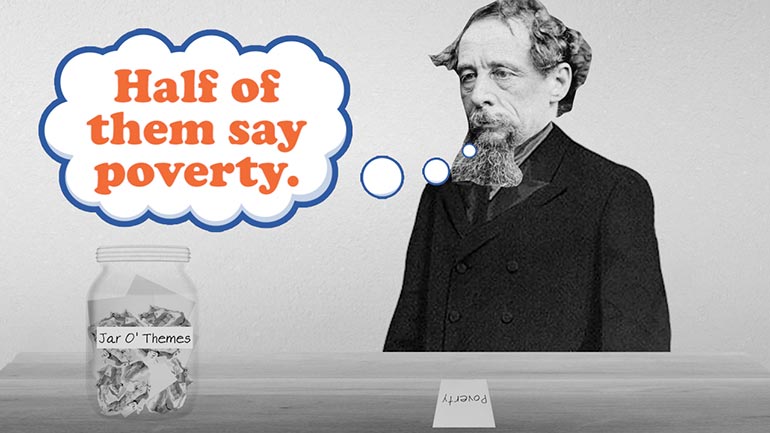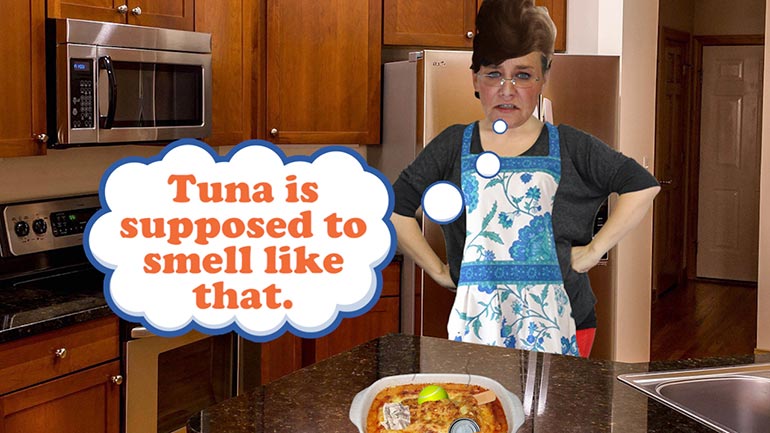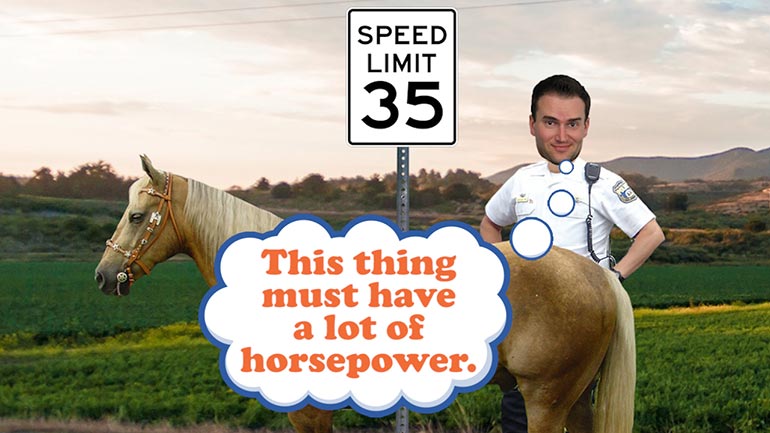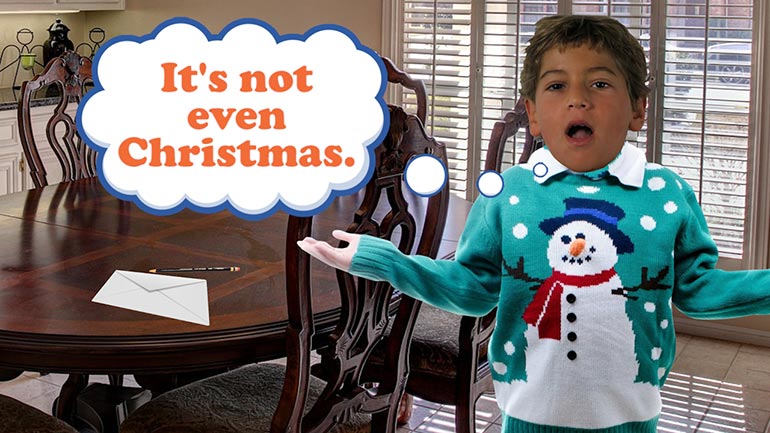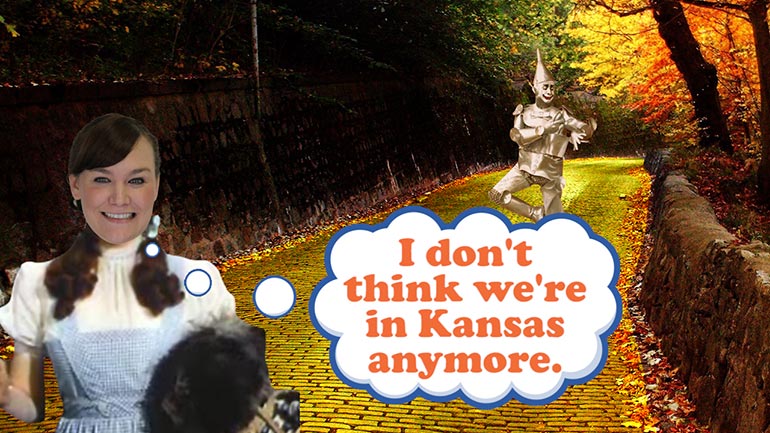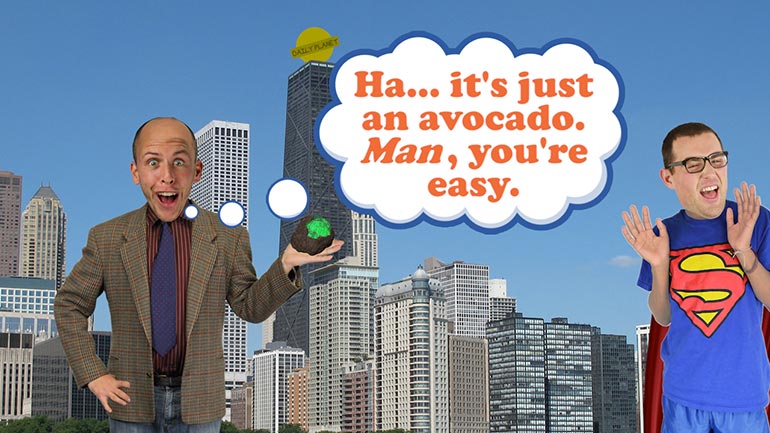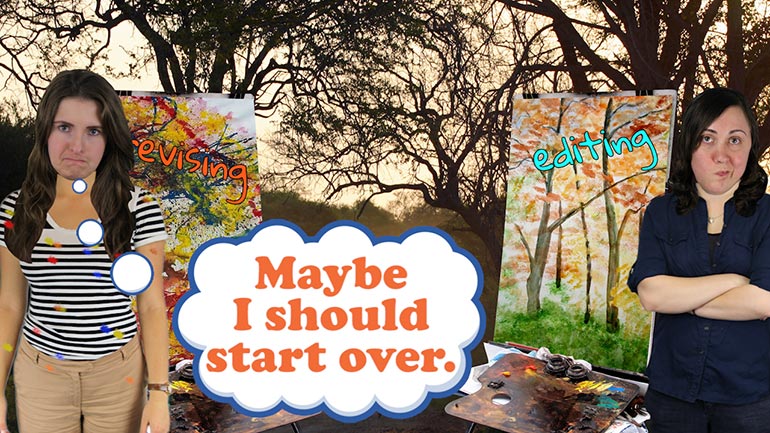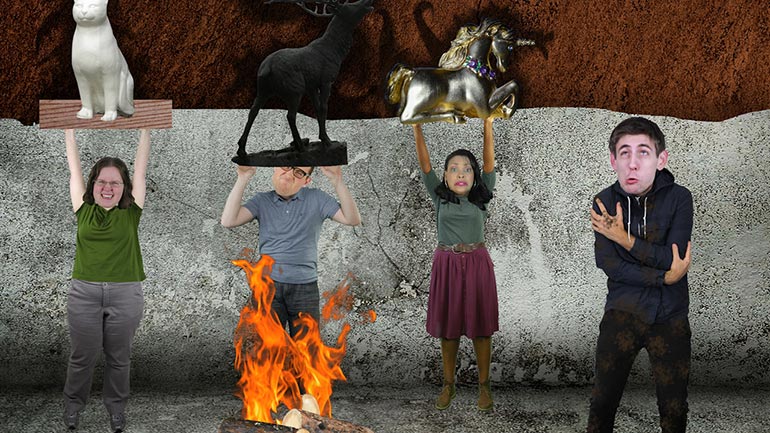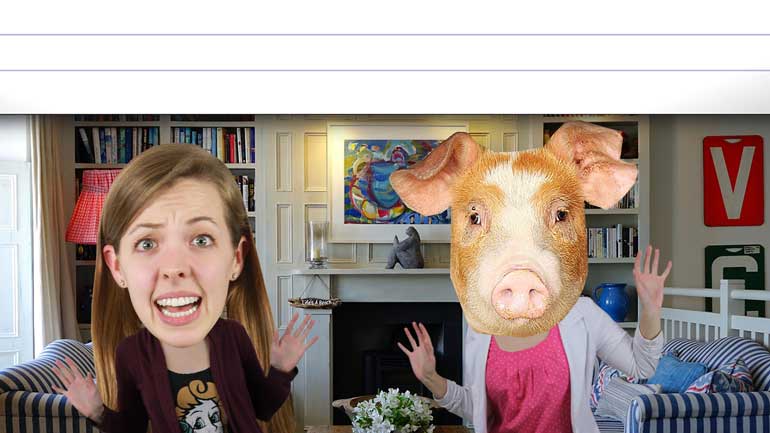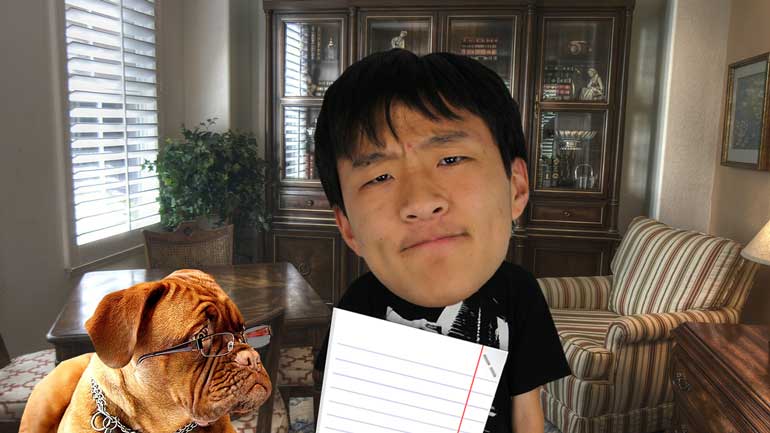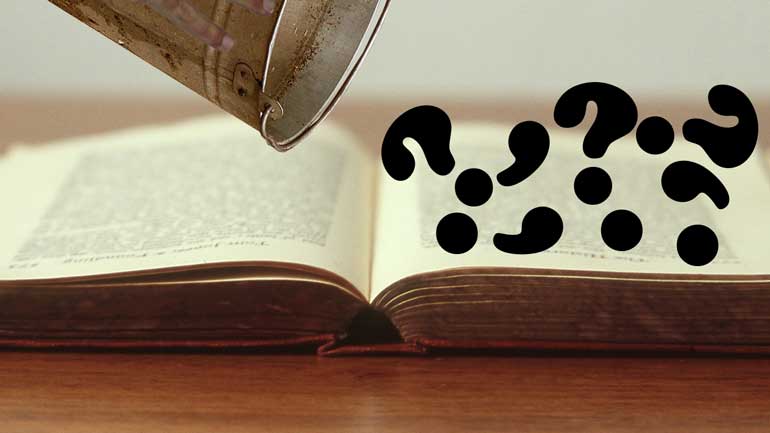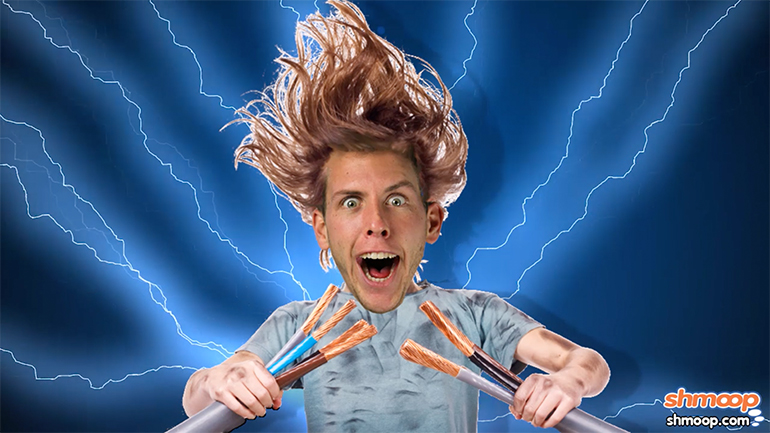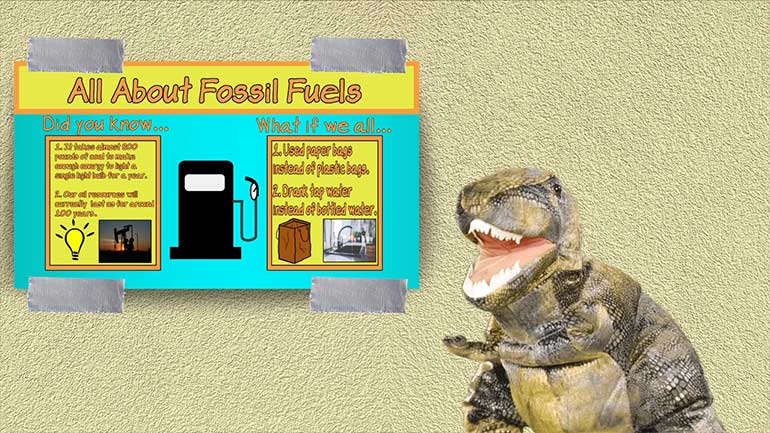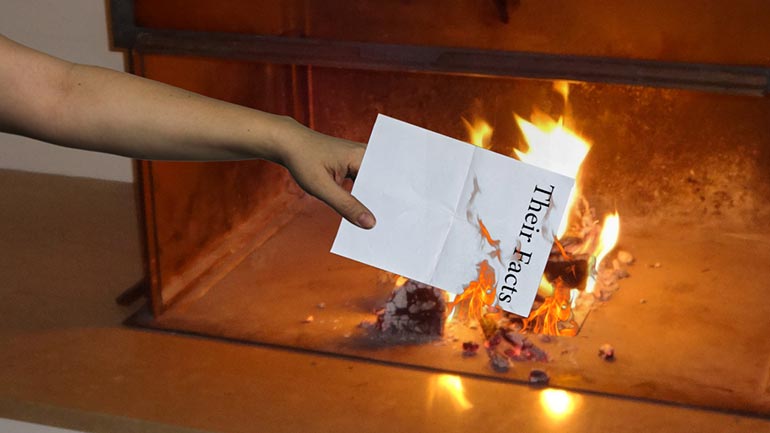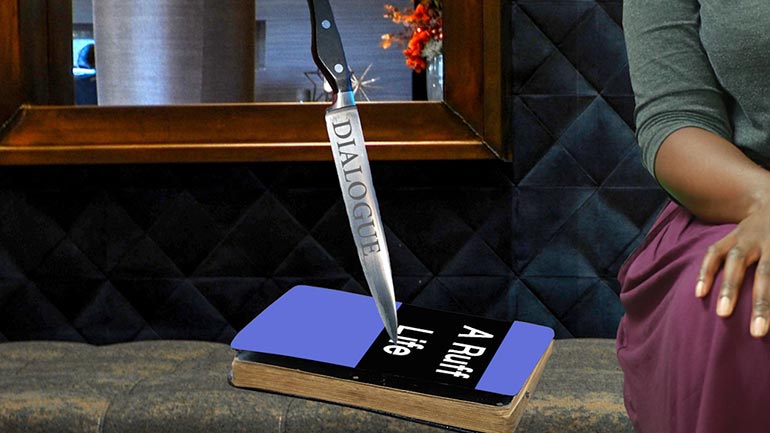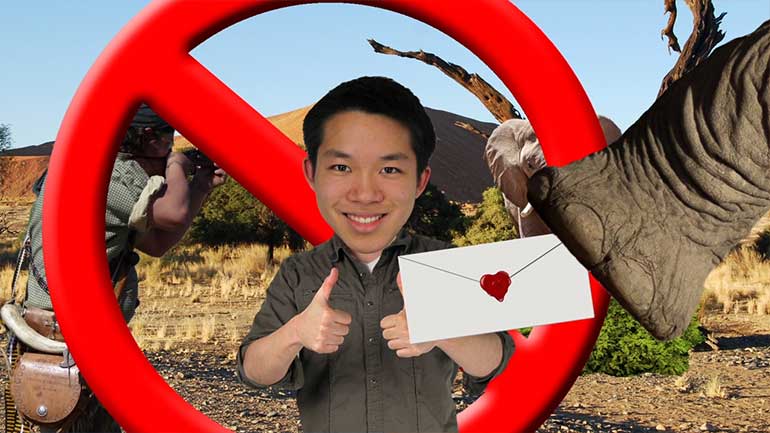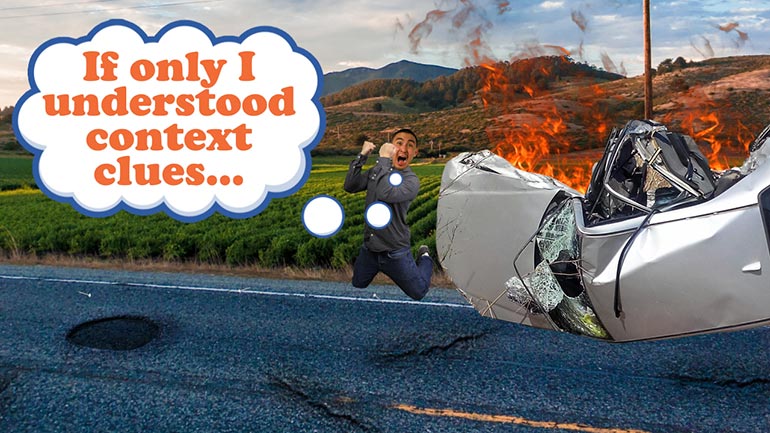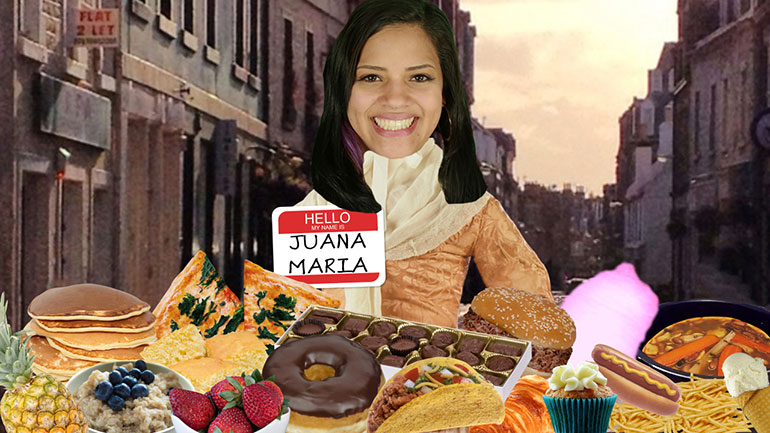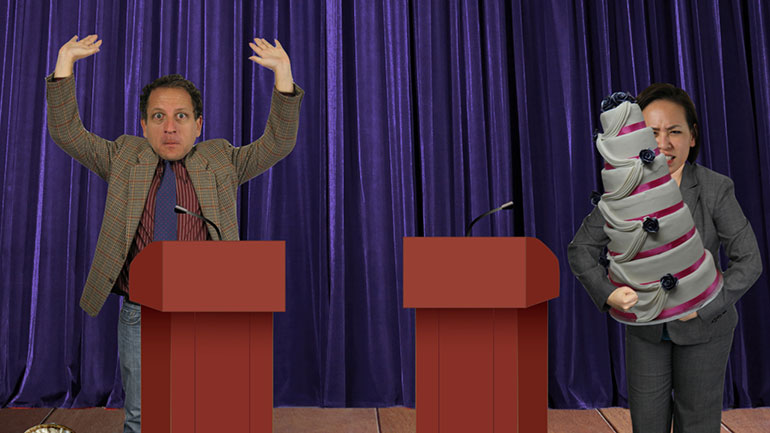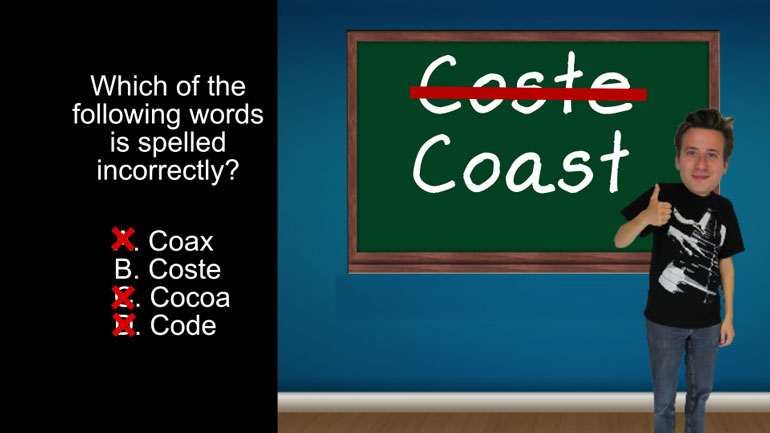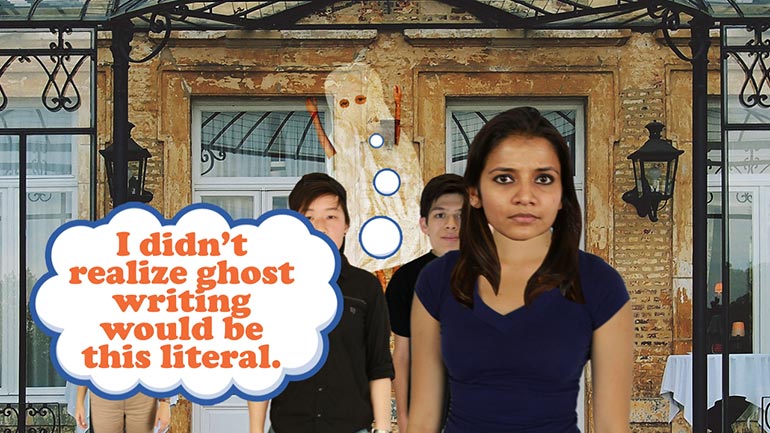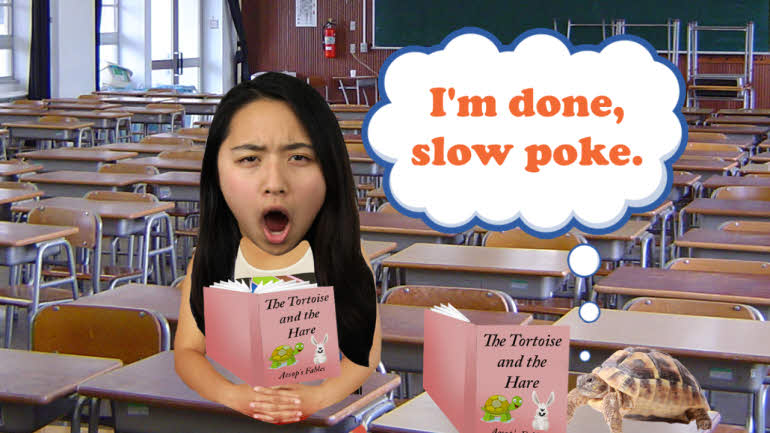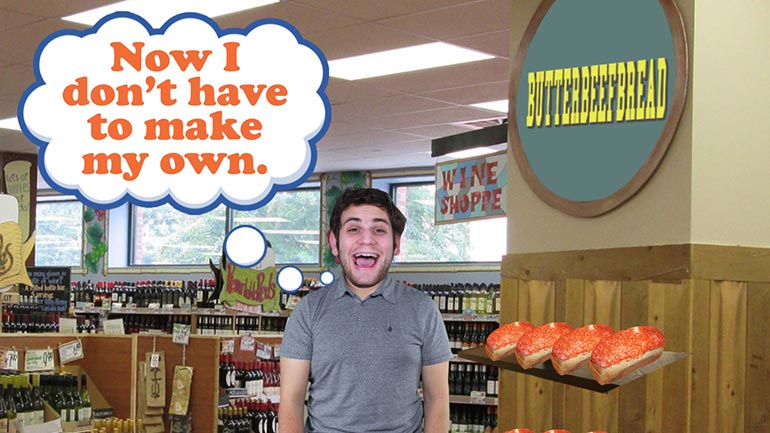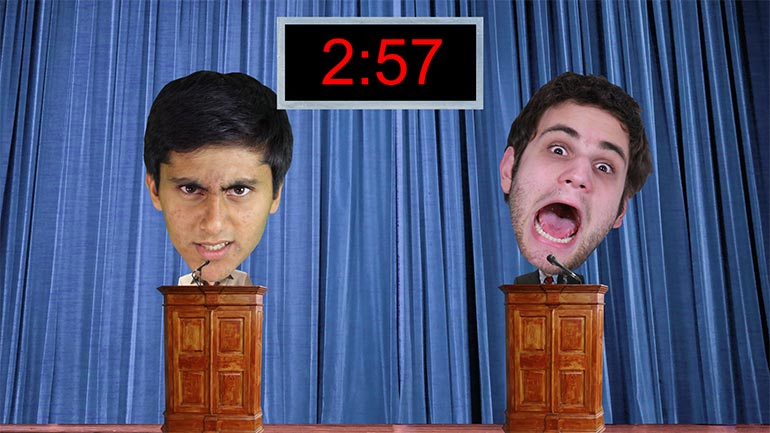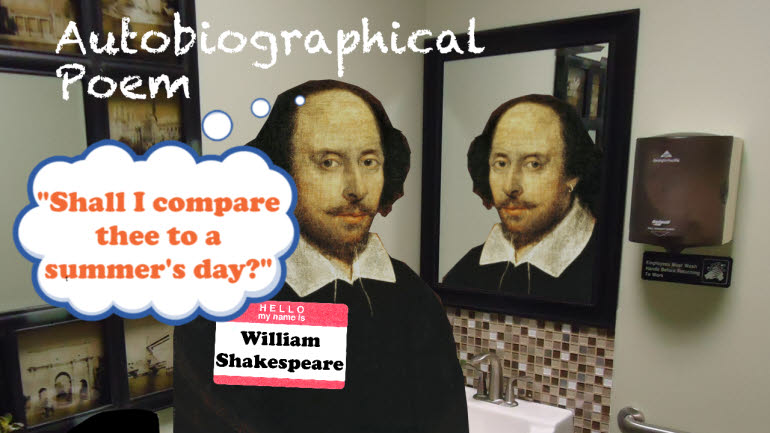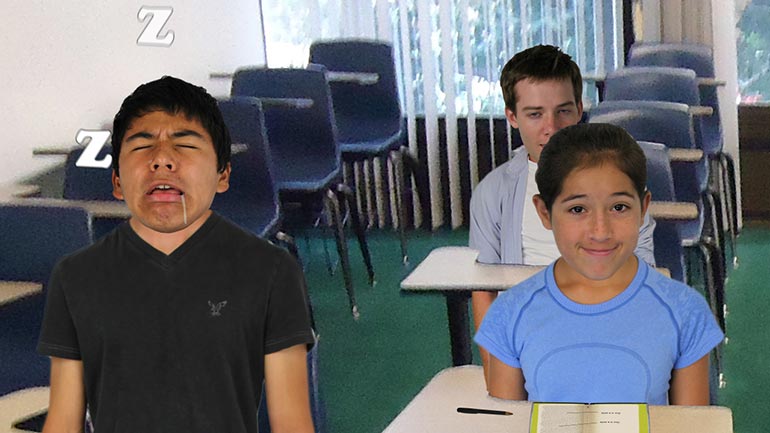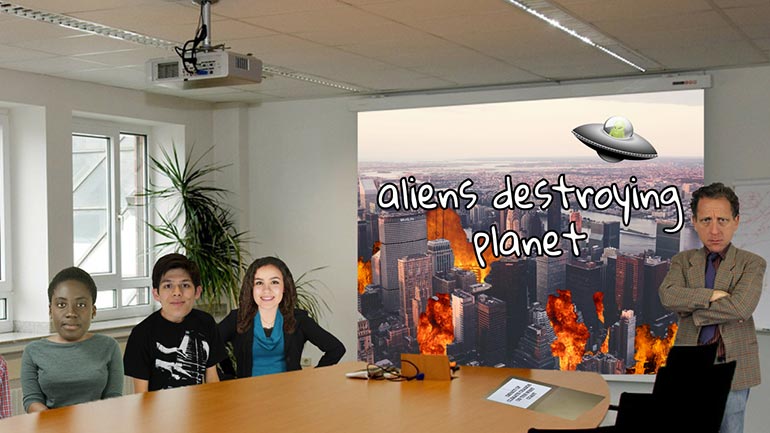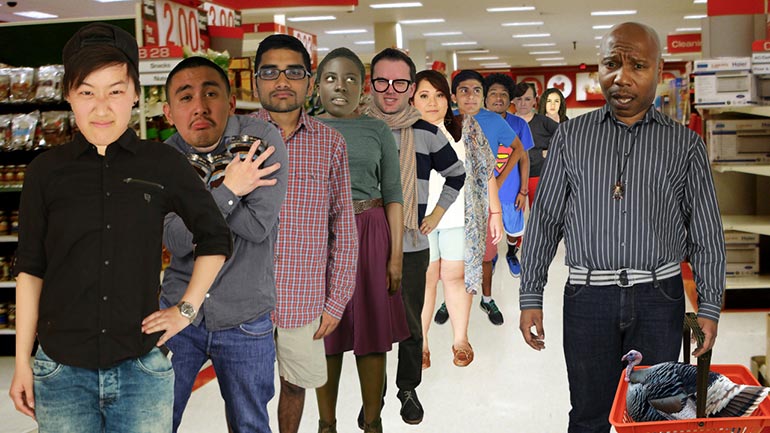ShmoopTube
Where Monty Python meets your 10th grade teacher.
Search Thousands of Shmoop Videos
Language Arts Videos 106 videos
Picking a theme for a party is pretty easy—always go karate party, because they come with nunchuck egg rolls. Themes in writing are a little diff...
Calling a book “non-fiction” is a bit like saying you have a dog. Sure it covers the basics, but there's a big difference between a Doberman an...
ELA Drills, Advanced: Punctuation 4. Which of the words is spelled correctly?
ELA 5: Comma Usage 380 Views
Share It!
Description:
Comma, comma, comma, comma, comma, chameleonnnn. You're here to stay. So today we'll talk about the ways to use you.
Transcript
- 00:04
[Dino and Coop singing]
- 00:13
So you already know that commas separate items in a list. [Guy holding a shopping list]
- 00:17
That's pretty helpful for when you're at the store buying butter, beef, and bread…
- 00:20
…rather than a big lump of butter beef bread. [Guy looks excited next to a Butterbeefbread stand]
- 00:22
But commas do a lot more than just protect you from grocery store-related catastrophes.
Full Transcript
- 00:26
One of their main uses is to separate introductory elements. [Coop pointing at a blackboard]
- 00:29
Sometimes our sentence will have a main independent clause…
- 00:32
…but we have some other information, whether a clause, a phrase, or some words, that we [Two post-it notes, one saying main independent clause and the other showing the types of other info]
- 00:36
want to add to the sentence.
- 00:38
Rather than trying to stick it all together with some duct tape… [Duct tape between the two post-its]
- 00:40
…we just put a comma between the introductory element and the main independent clause.
- 00:44
Boom!
- 00:44
Problem solved.
- 00:45
These introductory elements can come in lots of different forms. [Dino pointing at a blackboard]
- 00:48
They might be a prepositional phrase, which is a phrase that begins with…you guessed [Coop pointing at a blackboard]
- 00:52
it…a preposition.
- 00:53
Something like: "At night, owls hoot." [Owl in a tree at night]
- 00:55
"At night" is a prepositional phrase that tells us something about when owls hoot… [The moon]
- 01:00
…so we separate it from the rest of the sentence with a comma. [Comma is shown with an arrow]
- 01:02
Good news for the sentence, bad news for anyone who needs to get up early tomorrow. [Guy is woken up by the hooting owl]
- 01:06
Infinitive phrases, aka phrases built around the infinitive form of a verb…follow similar [Dino pointing at a blackboard]
- 01:11
rules
- 01:12
…as do participle phrases, aka phrases built around the participle form of a verb. [Coop pointing at a blackboard]
- 01:17
We can identify the infinitive form of a verb by the fact that the verb follows the word [Robber carrying a TV away]
- 01:21
"to," as in "to flee"… [Police car appears and the robber drops the TV and runs away]
- 01:23
…while a participle uses the "ing" form of the verb, as in "fleeing." [Police officer is waiting for the robber]
- 01:28
So we can say, "To flee the owls, the man sought refuge in the basement" or we could [Man walking out of his bedroom]
- 01:33
say, "Fleeing the owls, the man sought refuge in the basement"… [Man walking down the stairs]
- 01:36
…but either way, we definitely separate that introductory element from the rest with
- 01:41
a comma.
- 01:42
Man, these owls are really wrecking this poor dude's sleep schedule…we guess they find [Guy sleeping on the couch]
- 01:45
it…a hoot.
- 01:47
Hehe.
- 01:48
Anyway, the exact same thing works if our introductory element is a subordinate clause,
- 01:52
aka a clause that depends on the main clause.
- 01:54
So when we have a sentence like "Even though he escaped the owls, the man didn't get a
- 01:59
wink of sleep"…
- 02:00
…we're back in Comma Town. [Sign saying welcome to Comma Town with commas dancing in the background]
- 02:02
Which is nowhere nearly as comfortable as Sleep City.
- 02:05
There are a few other places commas come in handy.
- 02:07
For introductory words, like, "Hi, nice to be here"… [Girl opening the door]
- 02:10
…or when someone's being addressed directly, like, "Emily, have you met my pet tiger?"… [Pet tiger in the girls house]
- 02:14
…and also, with tag questions, like, "we can leave now, right?" [Girls look scared]
- 02:17
The better you understand the uses of commas, the more adept you'll at using the English
- 02:21
language!
- 02:22
And the less likely your family will be to get mad at you for your shopping decisions,
- 02:26
even if you cook that butter beef bread beautifully. [Family look grossed out by the butter beef bread]
Related Videos
Check out the best bias video ever made, courtesy of the most awesome and amazing educational website in existence.
No, this isn't a terrible new mint-peach bubble gum flavor...though it does tend to leave a bad taste in people's mouths.
Those settlers in Jamestown really should have settled down with all that land-stealing. Tobacco's bad for you anyway.
Being born out of multiple wars doesn't quite seem to fit the peaceful, polite Canadians we know and love today...oh wait, they were called The Bea...
Not every cartoon is meant to entertain small children while their mother gets some "Mommy time." There are also political cartoons, which are mean...
